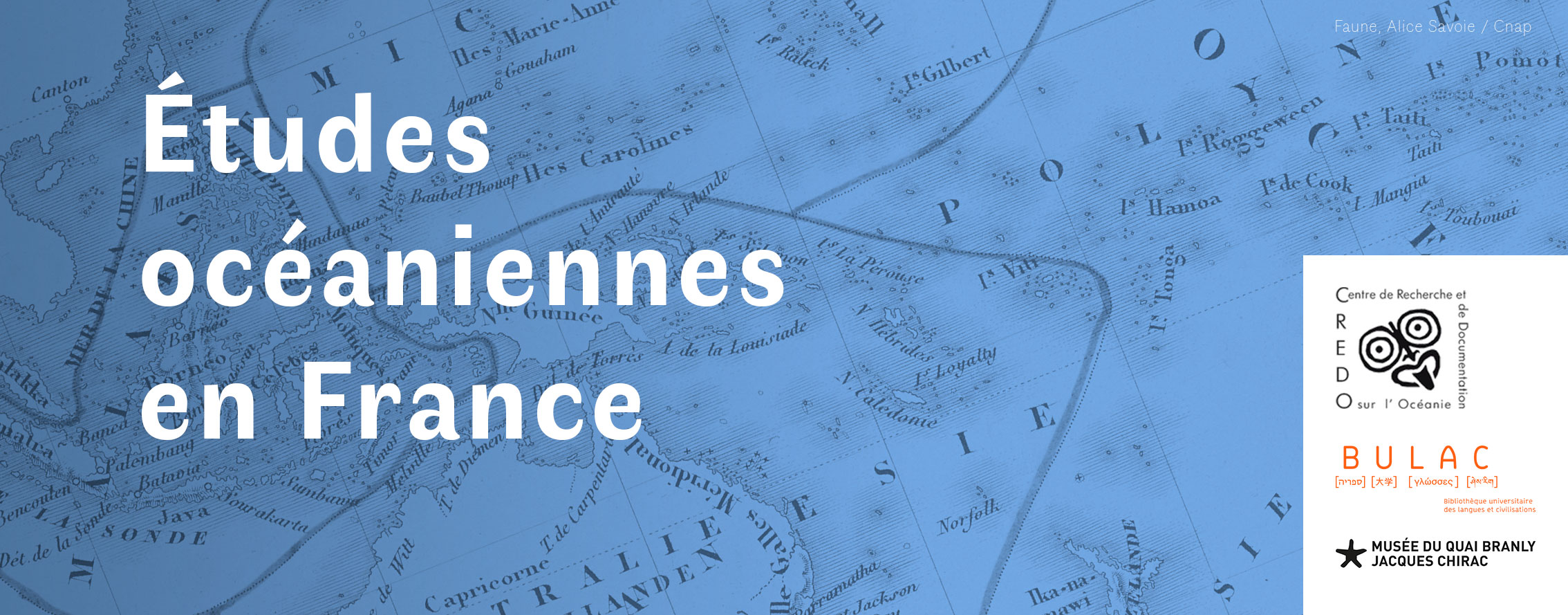ChatGPT-Based Learning And Reading Assistant (C-LARA): Second Report
Résumé
ChatGPT-based Learning And Reading Assistant (C-LARA – pronounced “Clara”) is an AIbased
platform which allows users to create multimodal texts designed to improve reading skills
in second languages. GPT-4/ChatGPT-4 is central to the project: as well as being the core
language processing component, it has in collaboration with a human partner developed the
greater part of the codebase.
Following on from the initial progress report, released in July 2023, we focus on new work
carried out during the period August 2023 – March 2024. The platform is far more usable. CLARA
is now packaged with a wizard-style interface (“Simple C-LARA”) that allows the nonexpert
user to create a complete illustrated multimodal text by entering a prompt and approving
default choices a few times, and the software is deployed on a fast dedicated server maintained by
the University of South Australia. Other substantial new pieces of functionality are support for
“phonetic texts”, where words are automatically divided up into units associated with phonetic
values; “reading histories”, which support the combination of several texts into a single virtual
document; and the social network, rudimentary in the first version, which now includes support
for friending, an update feed, and email alerts.
To investigate the AI’s abilities as a language processor, we present an experiment where we
created six texts for each of five languages, using the same prompts for each language, and
evaluated the accuracy of the language processing. We also give the results when some of the
experiments were repeated five months later with a newer version of GPT-4, in the case of
English revealing a dramatic reduction in error rates. A small questionnaire-based study probes
users’ subjective views of C-LARA projects they have created: in general, people are pleased
with the results, to the extent that they are often sharing them.
With regard to GPT-4/ChatGPT-4’s software engineer role, we present a breakdown of the
various modules and functionalities, indicating the AI’s contribution. It is capable of writing the
simpler modules on its own or with minimal human assistance, and only had serious problems
with a small number of top-level functionalities, in particular “Simple C-LARA”, which directly
or indirectly involved most of the codebase.
We describe initial use cases, including trialling of C-LARA in a school classroom, integrating
it into the experimental CALL platform Basm, and creating multimodal texts in the Oceanic
languages Drehu and Iaai. A short section summarises our policy on ethical issues concerning
the crediting of the AI as an author. The appendices present examples illustrating use of the
Simple C-LARA and Advanced C-LARA versions of the platform, list functionalities and code
files, and reproduce conversations with the AI about various aspects of the project.
Origine : Fichiers produits par l'(les) auteur(s)
